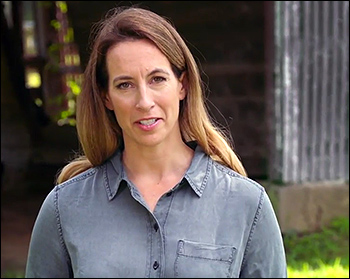By Jim Ellis
July 28, 2020 — Since elections always bring changes in the House and Senate committee structures, it is appropriate to begin looking at which key policy panels have the most known approaching changes.
In today’s Update, we begin to look at two anchor financial committees in each house and touch upon the internal political musical chairs. We look at the known committee vacancies due to retirement or primary defeat and identify the members who face competitive political situations. Obviously, a change in party control will fundamentally cause the greatest change, but we will look at those effects once we are closer to the election.
SENATE FINANCE
• Republicans – The GOP has a 15-13 majority on the Finance Committee under the leadership of veteran Sen. Chuck Grassley (R-IA). Two Republicans are retiring, Sens. Pat Roberts (R-KS) and Mike Enzi (R-WY), and one, Montana Sen. Steve Daines is in a highly competitive re-election contest against term-limited governor and former presidential candidate Steve Bullock (D). Sen. John Cornyn (R-TX) will have a substantial amount of money spent against him, but he is considered a likely winner at this time. Of the committee’s 15 Republicans, only four are in-cycle this year.
• Democrats – This side is even more stable. None are retiring, and just one of their 13 members, Virginia Sen. Mark Warner, is in-cycle. He is in a non-competitive situation. Should the Democrats gain the majority, Sen. Ron Wyden (D-OR) would become the new Finance Committee chairman.
HOUSE WAYS & MEANS
• Democrats – On this important exclusive committee, the majority Democrats command a 25-17 advantage. They have only one sure vacancy, and that because of Rep. John Lewis’ (D-GA) recent death. Just two of the members have re-election races that can be considered competitive. Ironically, one of those is a Democratic primary challenge to committee chairman Richard Neal (D-MA-2).
Though it is unlikely that Neal will be denied re-nomination in the Massachusetts primary on Sept. 1, his opponent, Holyoke Mayor Alex Morse, has managed to raise over $840,000 for his campaign at the June 30 second quarter financial reporting deadline. If Neal is upset in the primary, Rep. Lloyd Doggett (D-TX-35) would be the next most senior member since Rep. Lewis has passed.
Rep. Steven Horsford (D-NV-4) has already lost this seat once as an incumbent. He faces former state assemblyman Jim Marchant in a northern Las Vegas-anchored district that has yet to re-elect an incumbent since its creation in the 2011 redistricting plan. Rep. Horsford is the clear favorite, but the contest merits attention.


